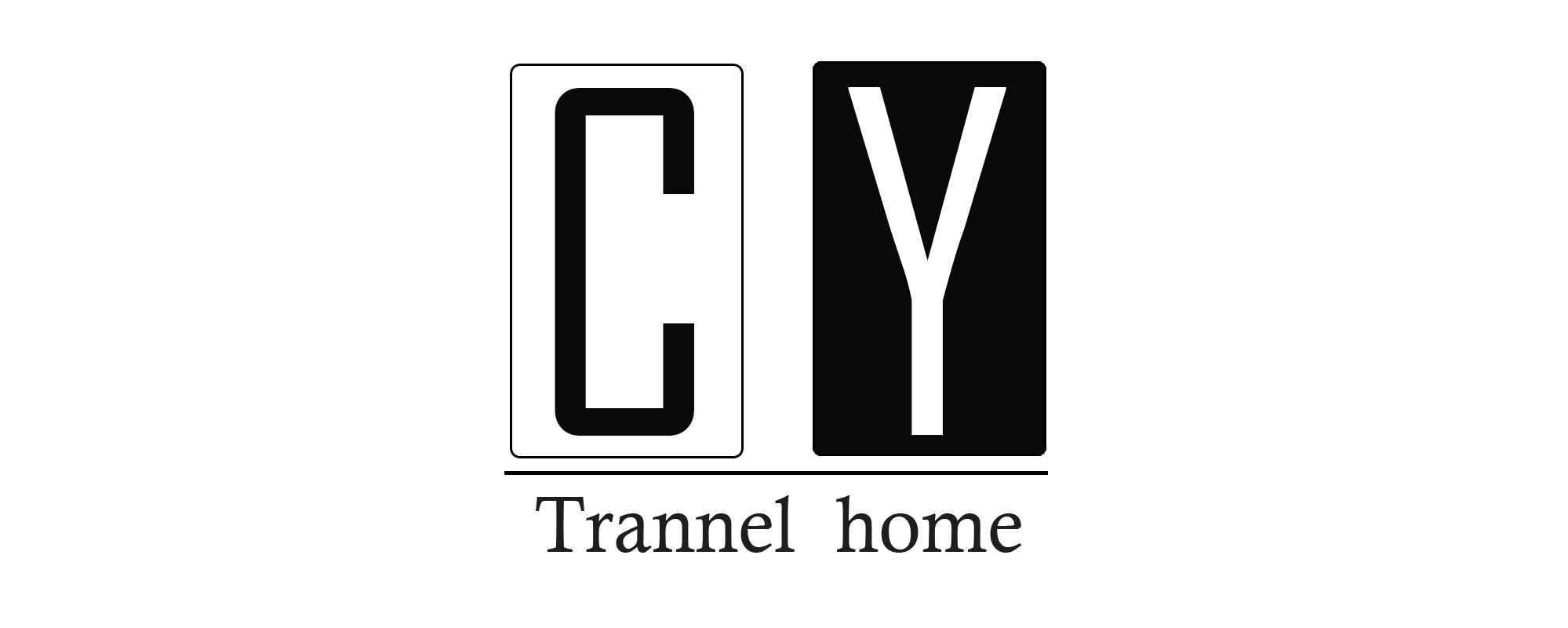Meta Description:
How can furniture manufacturers move beyond just surviving tariffs? Discover smart strategies to future-proof your product line with design innovation, market positioning, and operational agility in 2025 and beyond.
Introduction
Tariffs may come and go, but a resilient furniture business needs more than short-term fixes. For Chinese manufacturers and global suppliers, the real question in 2025 is: How do you build a furniture line that thrives—no matter what trade policies shift?
This blog dives into future-proofing strategies to help you rise above tariff headaches, build a stronger brand, and prepare your product line for long-term success in global markets like the U.S., Europe, and beyond.
1. Design Smart: Create Globally Appealing, Modular Products
Products that are:
- 🪑 Modular or knock-down reduce shipping volume and tariff classification risk.
- ✨ Minimalist with local aesthetic tweaks appeal across multiple regions.
- 🔁 Easily upgradable (e.g., changeable legs, covers, tabletops) allow customization without adding SKUs.
Tip: Modular dining sets and sectional sofas often fall into different tariff brackets or can be shipped as components—this can lead to lower overall duty exposure.
2. Localize Materials and Production Where Possible
Think strategically about:
- 🪵 Using globally available, FSC-certified engineered woods over rare hardwoods.
- 🌎 Developing assembly hubs in duty-free countries to reduce landed costs for target markets.
For example, assembling upholstery components in Mexico or Vietnam for the U.S. market is a growing trend among savvy exporters.
3. Embrace Alternative Fabrics & Finishes
Traditional linen, leather, or velvet may not be tariff-friendly or sustainable. Instead:
- Consider bouclé, faux shearling, recycled blends, or WPCs (wood-plastic composites).
- Offer interchangeable fabric kits that allow end-users to refresh products without replacing them.
This also aligns with eco-conscious trends, boosting your market appeal.
4. Diversify Your Market Focus
Don’t put all your furniture legs in one basket.
- 🇺🇸 U.S. tariffs are unpredictable
- 🇪🇺 EU buyers are eco-focused and willing to pay for sustainability
- 🇯🇵 Japanese buyers value compact design and craftsmanship
- 🇸🇦 Middle Eastern clients prefer bold design and rich textures
Insight: The more versatile your product line, the easier it is to pivot your exports.
5. Leverage Technology to Improve Efficiency & Adaptability
Modern factories are using:
- CNC machining to minimize wood waste
- 3D printing to produce low-cost components and hardware
- AI tools for market trend predictions, product styling, and visual merchandising
Digital renderings, AR mockups, and smart sampling also reduce the cost and speed of product launches.
6. Strengthen Your Brand Story & Compliance Credentials
Retailers are under pressure to justify sourcing choices. Help them by being:
- 🧾 Transparent about material origin and environmental certifications
- 📊 Organized with HS codes, duty info, and shipping documentation
- 📸 Equipped with strong lifestyle photos and clear product specs
Pro tip: Tell the story of how your furniture line supports sustainability, innovation, or cultural craftsmanship.
Final Thoughts
Tariff survival is just step one. True success lies in future-proofing—developing products that adapt to any market, meet evolving buyer preferences, and reflect operational excellence.
Whether you’re exporting solid wood beds, upholstered dining chairs, or modular storage systems, the most resilient suppliers in 2025 are those who innovate, diversify, and lead with intention.
Want expert advice on adapting your furniture line for the U.S. or European markets?
Our team helps manufacturers design smarter, reduce tariff exposure, and present stronger brands to global buyers. Contact us to discuss your next move.



